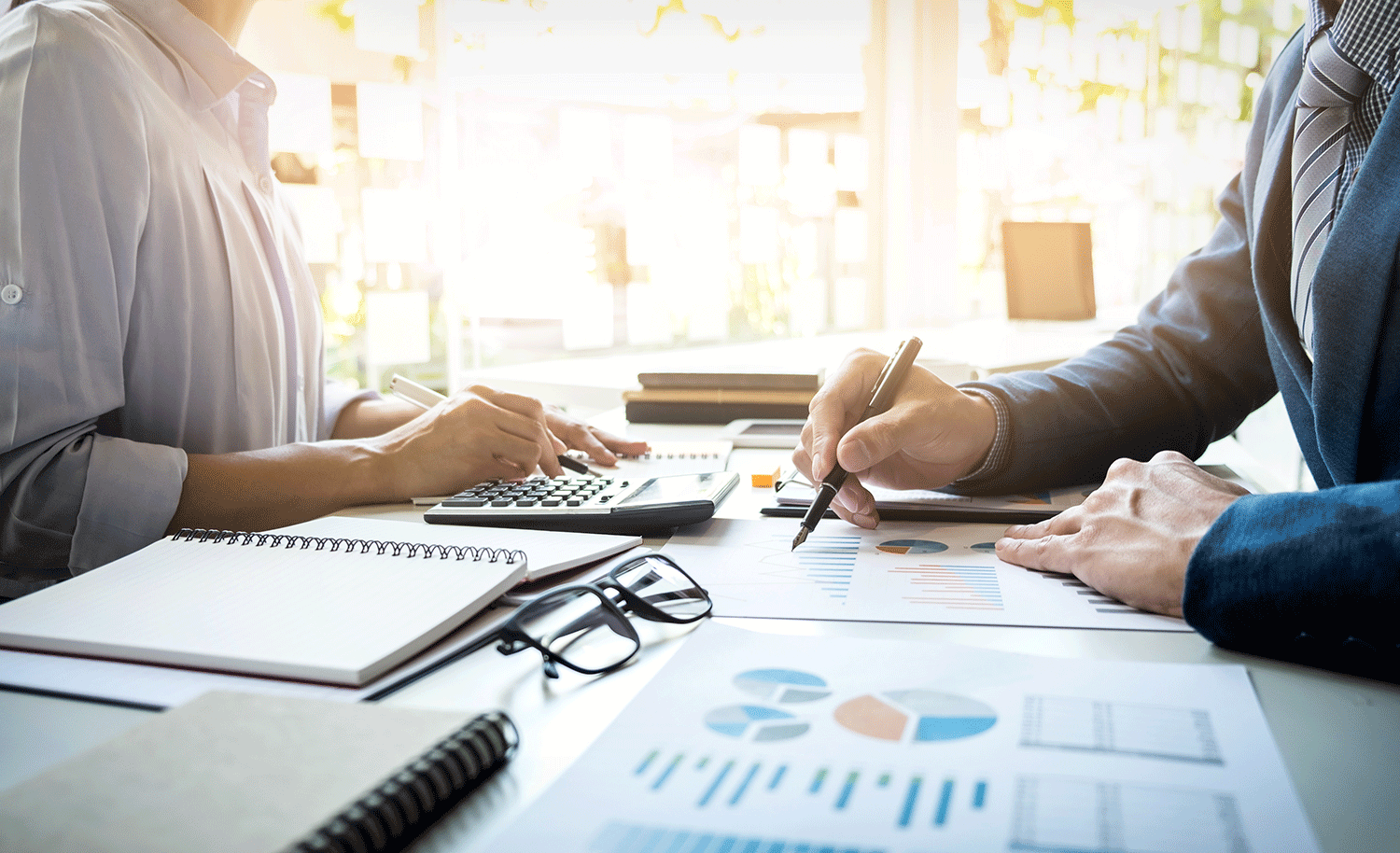Blogs
To know about all things Digitisation and Innovation read our blogs here.
Digital Transformation
There is No “Digital” without a Digital Experience Platform
SID Global Solutions
22 December 2022

Providing digital experiences has been a core area for enterprises, especially post-pandemic when the digital route has transformed from a mere option to a necessity. Customers, employees, and partners expect us to meet them on as many digital touchpoints as possible, and a Digital Experience Platform ensures this happens with its set of core technologies to support the composition, management, delivery, and optimization of contextualized digital experiences.
Apart from delivering personalized experiences for the entire customer lifecycle, a DXP works within a firm’s existing business processes and tech stack to build custom solutions to meet every possible requirement the company may have. From creating a website to building intranets for employees, from building customer portals to integrating existing API and new systems under a unified interface, a Digital Experience Platform takes care of everything, and between.
What is the DXP Hype All About?
There have been enough mentions of the term “DXP” in the martech space in the recent past, and let me tell you, this is not a passing fad. Organizations serious about their digital transformation goals are making huge investments in Digital Experience Platforms to digitize business operations, gather valuable customer insights, and deliver connected, delightful digital experiences.
Liferay defines a Digital Experience as an interaction between a user (customer, partner, or employee) and an organization that is possible only because of digital technologies. It is not an IT-driven program. It is rather a customer-needs-centric approach that helps improve customer experiences and address their needs much more efficiently.
As per Gartner, a Digital Experience Platform (DXP) is “an integrated set of core technologies that support the composition, management, delivery, and optimization of contextualized digital experiences.”
A DXP helps turn an unruly collection of APIs into a smart API marketplace to leverage them better and accelerate innovation. The flexibility on offer by bringing a spider-web of tools under a single pane of glass view enhances productivity and operational efficiencies, thus allowing establishments to serve internal and external customers better. This eventually paves way for the type of digital transformation companies seek, one which has become an absolute necessity in the post-covid world.
Brands can listen to their target audience – prospects, customers, employees, partners, etc. to better understand them, and then offer personalized multichannel digital experiences with a plethora of tools available at the disposal of a DXP. Consider this an upgraded CMS that not only tracks and manages the entire customer lifecycle, but also delivers highly personalized and targeted content across the length of it.
Also Read: How Does Apigee Help with Digital Transformation
Web, social media, mobile phones are some of the dominant ways for companies to contact their target audience. Social media has a great potential to influence customer sentiments and assist them along their buying journeys. There are multiple ways to receive feedback and then work on those to improve your own products and services. A DXP makes life easier by collecting these pieces of information and then telling you what to do with them.
DXPs integrate multi-channel marketing experience in order to deliver relevant content across multiple touchpoints not limited to online ads, in-store, and points of sale. Integrating AI and ML in its tech-stack, a DXP has the capability to analyze customer behavior so as to anticipate their next move on the buying journey and to serve them what they are looking for!
Wait Wait Wait! DXP is not CMS?
The short answer would be NO. But many believe that quite often, their functionalities overlap.
Content Management Systems (CMS) have been in existence for quite some time now. They provide organizations with the right tools for their websites and apps to deliver content. A CMS may be considered as a foundation stone to the building of digital identity as it assists firms in organizing content, images, data, and other digital assets needed for their online presence.
A DXP, on the other hand, does all a CMS can do, in addition to providing the companies with a plethora of additional tools to power the delivery of personalized customer experiences across channels, geographies, and languages. While the scope of CMS stays around content and the web, DXP offers customers with experience across multiple digital touchpoints, be it the web, a store, a billboard, an ecommerce system, a kiosk, and what not! Digital Experience Platforms are responsible for offering a connected and consistent experience.
Content management, account services, personalization and context awareness, analytics, Insights, CDM, CRM, AI, ML, Integration, customer engagement, CDP, NPS are some of the notable capabilities of a DXP, but the list is endless.
Also Read:Why APIs are essential to successful digital transformation?
Top 5 Players in the field of DXP
While there are innumerable DXP platforms out there, we have compiled a list of the top 5 that we have used and are offering services related to them to our clients; talk of first-hand experience! Let’s have a glance at the highlights of these 5 top Digital Experience Platforms:

1. Liferay DXP
A leader in Gartner’s Magic Quadrant for 2021, Liferay Digital Experience Platform is available both on-premise and as a PaaS. The firm boasts of an extensive global user-base of medium and large-scale enterprises. Offering a “single pane of glass” integration, Liferay DXP has everything to bind the business process into a unified digital platform. Unified APIs offer consistent API design and developer experience to bring together APIs from a specific industry under one flexible DXP. Intranets, websites, customer portals, partner portals, and integration platforms provided by Liferay are a class apart from any other provider in this list.
2. Salesforce
Salesforce Experience Cloud by Salesforce is a SaaS product that offers tech tools around content management, personalization, AI, CDPs, and integrations. Its CRM offers a host of capabilities and is a frontrunner in this field. Salesforce has a huge portfolio of products that are often used in conjunction with its DXP.
3. Adobe
Adobe’s DXP is called Adobe Experience Cloud and is available on-premise and as a PaaS. It is a feature-rich platform with content management, analytics, personalization, customer data management and campaign management capabilities, taking the overall cost of ownership on the higher side. Though Adobe Experience Cloud is mostly used in B2C environments, B2B is not alien to it either.
4. Acquia
Termed Acquia Open Digital Experience Platform, Acquia’s DXP encompasses Drupal Cloud and Marketing Cloud. Available as PaaS and SaaS, it has capabilities for content management, personalization, and customer journey management, often strengthened by Drupal’s extensive community of contributors.
5. Oracle
Oracle’s DXP is called Oracle Customer Experience (CX) and has numerous products under its hood, Oracle Content and Experience, Oracle CX Marketing, and Oracle CX Service being just a few. The UI of Oracle CX has been improved and made user-friendly over time to entertain even the most non-technical of professionals. The product portfolio being so vast, it may, however, baffle many users and increase the cost of investments in its SaaS offerings.
Want to know how SIDGS can help you elevate your digital offerings? Fill out this form here and one of our experts will offer a free session to choose the appropriate DXP and chalk out a customized strategy.









